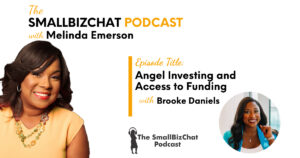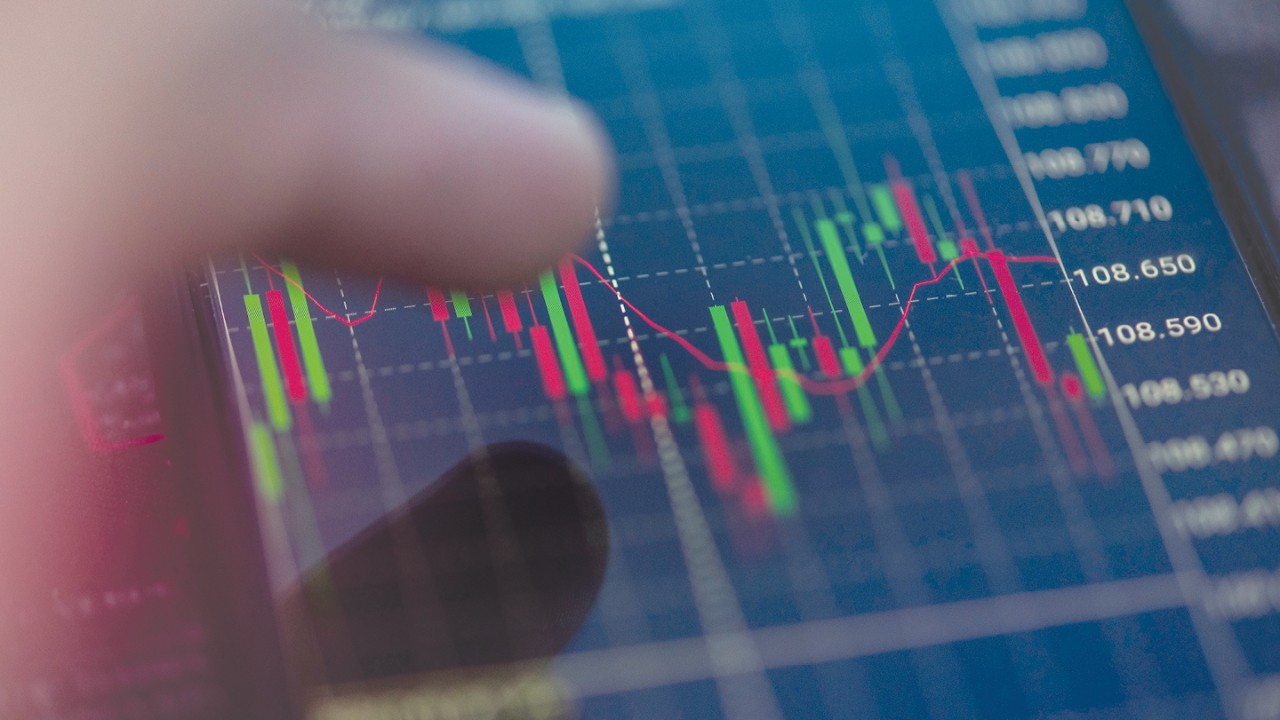Inflation beyond the current spike
Markets weren’t much too shocked to see a run-up in inflation in considerably of the earth in 2021, conscious that rates in a reopening overall economy would be in comparison with the very low year-previously rates that prevailed through COVID-19 lockdowns. But readings have been hotter than forecast as source in a selection of goods and even in labor has failed to retain up with resurgent desire.
With accommodative financial and fiscal guidelines envisioned to continue to be in location for some time, could inflation at charges we have observed in 2021 persist in 2022 and further than?
It’s not our foundation circumstance. Our proprietary inflation forecast model, described in the a short while ago posted Vanguard research paper The Inflation Device: How It Works and The place It’s Going, tells us that the U.S. main Purchaser Cost Index (CPI) will most likely interesting from new readings above four% towards the U.S. Federal Reserve’s two% regular inflation goal by mid-2022. Our model then foresees a additional uptick towards the stop of 2022, assuming fiscal stimulus of about $500 billion is enacted this year.

“Fiscal stimulus, though, is a wild card,” claimed Asawari Sathe, a Vanguard U.S. economist and the paper’s direct writer. “If we see $1 trillion or much more in extra, unfunded fiscal investing enacted this year, main inflation could decide up much more sustainably towards the stop of 2022 or in 2023. This risk of persistently better inflation is not totally expected by both the economic marketplaces or the Federal Reserve forecasts and could direct the Fed to commence raising shorter-phrase charges faster than its current timetable of 2023.”
What’s been driving U.S. inflation better
The Vanguard Financial and Marketplace Outlook for 2021: Approaching the Dawn envisioned a doable “inflation scare” as spare potential was utilized up and recovery from the pandemic ongoing. Ensuing source constraints afflicted a huge selection of goods, however, contributing to a better-than-envisioned surge in inflation. (The surge in 2021 is mirrored in the 1st panel of Determine 1 beneath.)
Even so, most economists (which includes ours) believe that that new inflation readings that have much more than doubled the Fed’s two% goal will prove transitory as source challenges are fixed and year-previously numbers fade out of comparisons.
The next panel of Determine 1, which demonstrates key inflation drivers pointing in different directions, supports that check out. While stable economic development and accommodative Fed and governing administration fiscal guidelines would argue for inflation staying persistently superior, substantial labor industry slack and steady actions of inflation expectations—what firms and people assume to shell out in the future—suggest that price improves might simplicity.
Determine 1. The key drivers of U.S. inflation are sending mixed alerts

Sources: U.S. Bureau of Financial Analysis, U.S. Bureau of Labor Statistics, and Federal Reserve, employing information and facts from Refinitiv.
The difficulties in forecasting inflation
Inflation forecasting is a sophisticated endeavor that ought to think about wide inputs whose relative worth can differ in excess of time. They involve:
- Cyclical components these kinds of as development and labor industry slack.
- Secular forces these kinds of as technology and globalization, which are inclined to retain costs—and, by extension, prices—from mounting.
- Fiscal and financial coverage.
With substantial additional stimulus becoming considered in Washington, fiscal coverage is a particularly crucial factor appropriate now in forecasting inflation.
Our model’s outlook for inflation: Bigger than prior to the pandemic, but not runaway
We utilized our model to detect the prospective effect of mounting fiscal investing on inflation by means of the stop of 2022. For that intent, we have assumed that both of those the coverage selections and inflation expectation “shocks” originate in the third quarter of 2021.
“The output of all the eventualities we appeared at propose that threats are towards main inflation running better than its pre-pandemic degree of two%, but that runaway inflation is not in the cards,” claimed Maximilian Wieland, a Vanguard expenditure strategist and co-writer of the research paper.

In our baseline circumstance, revealed in Determine two, we presume an extra $500 billion in fiscal stimulus and an maximize of 20 basis details (bps) in inflation anticipations. (A basis stage is a person-hundredth of a share stage.) Our model suggests that would force main CPI to a year-in excess of-year rate of two.nine% by the stop of 2021. Continued stimulus and reasonably better inflation anticipations would additional force inflation—offset by more robust foundation effects (year-in excess of-year comparisons with better 2021 rates)—to two.6% by year-stop 2022.
In our downside circumstance, we envision no extra stimulus and a negligible increase in inflation anticipations in our upside circumstance, we bump up our estimate for extra fiscal stimulus to about $1.5 trillion and for inflation anticipations by twenty five bps and our “Go Big” circumstance components in considerable net extra fiscal stimulus (about $3 trillion invested in excess of a year) and a marked bounce (about 50 bps) in inflation anticipations.
In all our eventualities, the next and third quarters of 2022 propose some weak point from baseline effects. But none of the eventualities success in the variety of runaway, 1970s-model inflation that some anxiety.
Determine two. Eventualities for inflation primarily based on prospective fiscal stimulus

Notes: The circumstance knowledge for the main CPI are Vanguard’s inflation device model estimates for alternate fiscal stimulus investing. The downside circumstance components in $1.nine trillion in enacted fiscal stimulus and anticipates a 5 bps maximize in the split-even inflation rate. The baseline circumstance components in $1.nine trillion in enacted fiscal stimulus and anticipates $500 billion in extra fiscal stimulus and a 20 bps maximize in split-even inflation. The upside circumstance components in $1.nine trillion in enacted fiscal stimulus and anticipates $1.5 trillion in extra fiscal stimulus and a twenty five bps maximize in split-even inflation. The “Go Big” circumstance components in $1.nine trillion in enacted fiscal stimulus and anticipates $3 trillion in extra fiscal stimulus, a 50 bps maximize in split-even inflation, and development upside. All eventualities presume no modify in the Fed’s financial coverage by means of 2022. We use the correlation amongst split-even inflation and lengthy-phrase inflation anticipations to modify impacts in the model.
Sources: Estimates as of September 1, 2021, employing knowledge from Thomson Reuters Datastream, U.S. Bureau of Financial Analysis, and Moody’s Info Buffet, primarily based on Vanguard’s inflation device model.
Essential takeaways for buyers
While persistently better inflation is not our foundation circumstance, our model suggests that the consensus is much too sanguine about inflation settling into its pre-pandemic pattern of two% in 2022.
If inflation readings proceed to arrive in better than envisioned, it could direct the Fed to move up its agenda for raising shorter-phrase desire charges. That might be very good news for buyers, as today’s very low charges constrain extended-phrase portfolio returns.
Enhanced uncertainty about inflation highlights the worth of making a globally diversified portfolio, which provides buyers publicity to locations with differing inflation environments.
Come across investments that are appropriate for you
Notes:
All investing is subject matter to risk, which includes the doable decline of the funds you commit.
In a diversified portfolio, gains from some investments might help offset losses from other folks. Nevertheless, diversification does not ensure a financial gain or protect against a decline.
Investments in shares or bonds issued by non-U.S. organizations are subject matter to threats which includes region/regional risk and currency risk.
“Inflation further than the current spike”,






